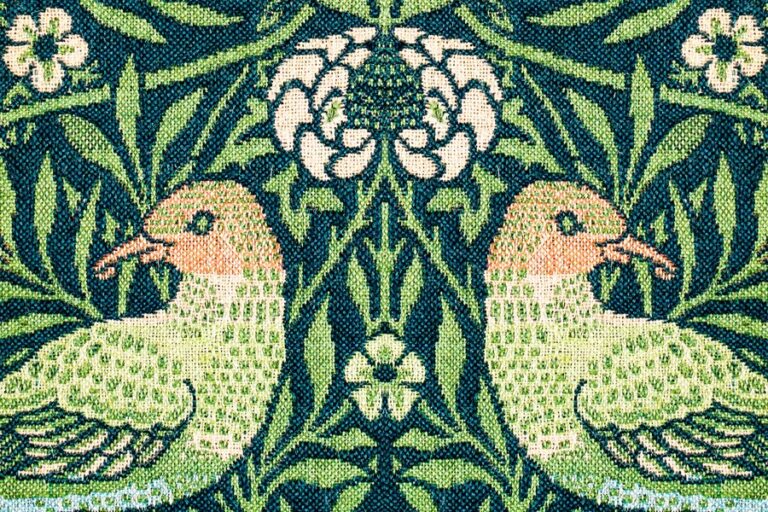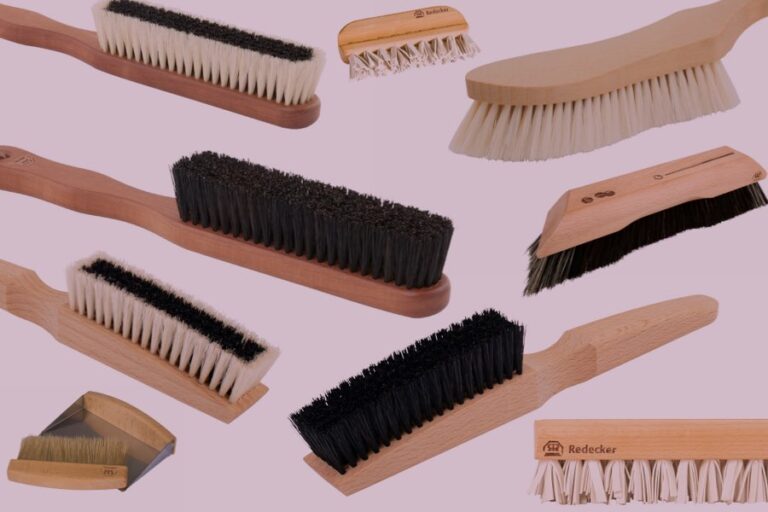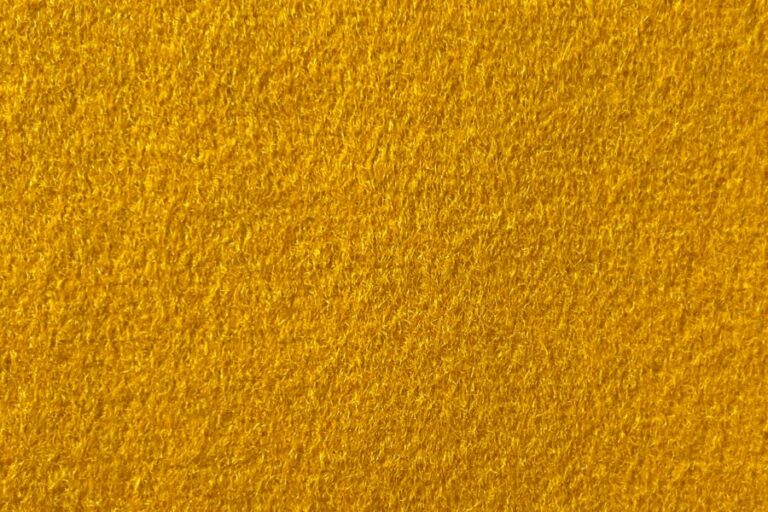Your Clothes Are Polluting The Ocean
Did you know that if you’re laundering synthetic fabrics, you’re polluting the ocean every time you run your washing machine1?
Minuscule Fibres But a Massive Problem
A single piece of synthetic clothing can shed over 1900 plastic microfibres every time it’s washed2. These tiny particles of plastic are too small to be filtered out, so they end up in our waterways, and ultimately in the ocean, where plankton have been observed eating them. This is very worrying and it has a negative impact on the oceans ecosystems3. Once it gets into the food chain, ingested plastic can change the behaviour of animals. And if their bodies become overloaded with plastic, it can also lead to starvation and death.
But are our washing machines really emptying a significant quantity of plastic fibres into the environment? Well apparently, yes they are. After studying microplastics from shorelines across the globe, ecologist Mark Browne found that 85% of the synthetic materials accumulating there were microfibres that matched the materials found in synthetic clothing. This means that our wardrobes and washing machines are not only dumping significant quantities of microfibre into the ocean, they could actually be the two biggest culprits in ocean pollution!
Not good.
Wool is Biodegradable
Wool on the other hand is a natural, biodegradable fibre. So how does it compare to its synthetic counterparts? Well, whereas synthetic fibres can take up to 40 years to break down if buried in soil, wool harmlessly biodegrades in a matter of weeks, returning essential nutrients to the soil in the process4. That’s all very well on land though, but what about if wool fibre gets into the water system? Again, studies have shown that if it sheds during washing, wool will also harmlessly degrade in a marine environment5. So unlike damaging plastic microfibres, stray wool fibres at worst have no effect, and at best have a beneficial effect on the natural world.
A Possible Solution
Scientists are currently trying to work out a way to filter the microfibres6. But if we ditched the synthetics and used fabrics made of wool instead, wouldn’t that be an altogether more ethical, satisfactory and sustainable solution?
References
1 Your Clothes are Polluting the Ocean Every Time You Do Laundry Derek Markham, Treehugger
2 Accumulation of Microplastic on Shorelines Woldwide: Sources and Sinks Mark Anthony Browne et al
3 How Your Clothes are Poisoning our Oceans and Food Supply Leah Messinger, The Guardian
4 Wool Facts: Wool is 100% Biodegradable The Woolmark Company
5 The Microbial Degradation of Wool in the Marine Environment (Abstract). Brown, R. University of Canterbury, 1994, 2.
6 As synthetic microfibres infiltrate food, water, and air, how can we prevent future release? Mary Catherine O’Connor, Eco-Business
 GENUINE BRITISH MADE FABRIC | Worldwide Shipping |
GENUINE BRITISH MADE FABRIC | Worldwide Shipping | 



Would love to use wool except it makes me itch — a lot! Is there a process that will keep the wool from irritating my skin?
Ah, the problem of itchy or scratchy wool! I know it well 🙂
I don’t know of any processes to stop wool from irritating your skin, but from personal experience I would say that the type of wool used in the fabric (so the fineness and the length of the fibre) makes a difference to how it feels when worn. I can wear Merino wool with no problem, but coarser wools can be very irritating. All of the baizes we stock are made from very fine quality wool, so are not itchy like a cheap woolly jumper might be. Our 100% Merino Wool range is exceptionally soft, as are the Vivid hues. If you’re thinking of making clothes from baize, I would strongly recommend ordering a sample swatch first so you can check how it feels on your skin.
I hope that helps!
Andrea